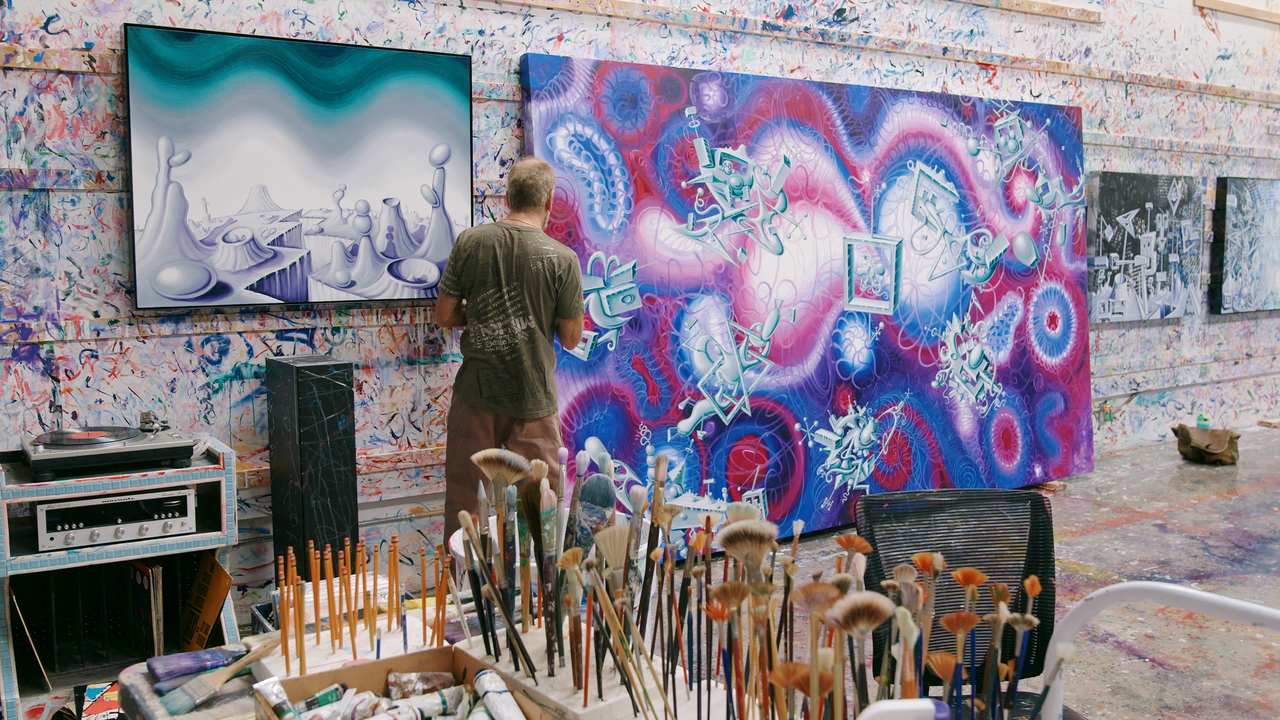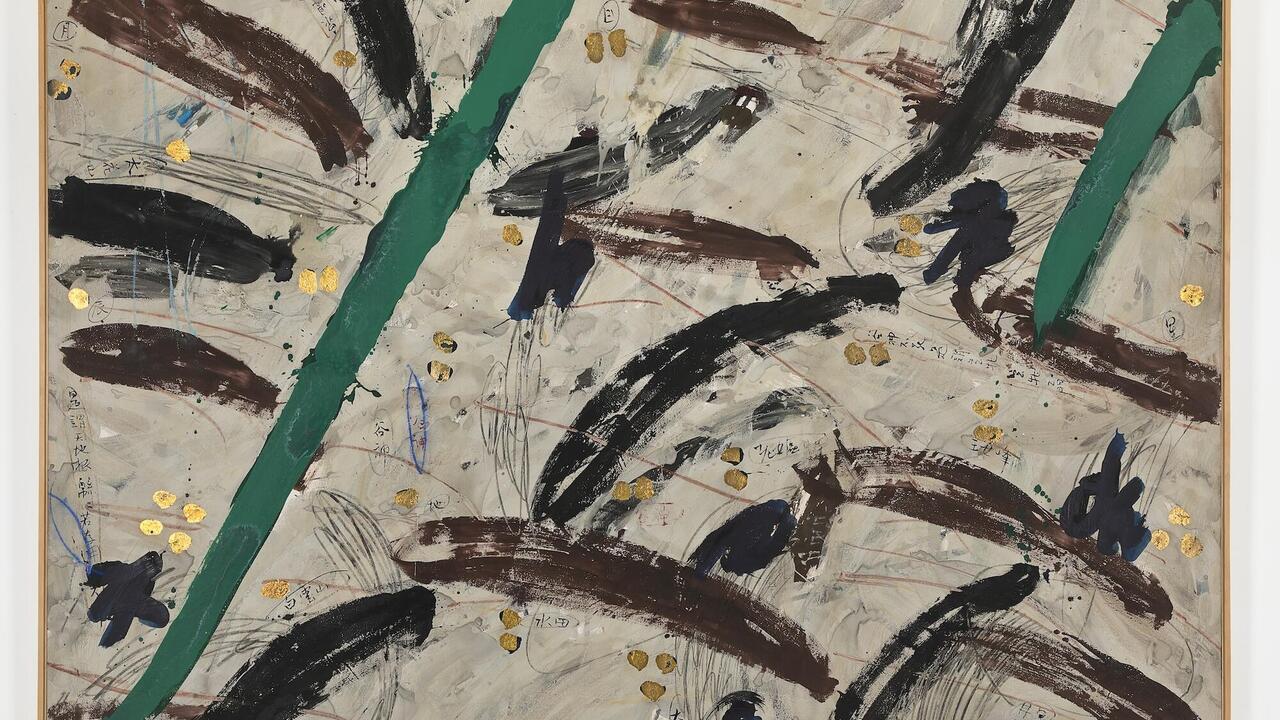Laura Horelli
Mass- and miscommunication; interviews and re-enactments
Mass- and miscommunication; interviews and re-enactments
In the 1960s Andy Warhol had an idea for a film called Lunch, in which two people would sit down to lunch, eat two different meals and talk constantly to each other about entirely divergent subjects, creating a cacophony of non-communicative language where words come tumbling out like an indigestible meal. Although Warhol never made the film, he predicted an age when mass communication would create miscommunication and the circulation of information would be far from a perfect circle.
Laura Horelli’s video and photographic works emulate this condition, in a world where private thoughts become crinkled, crooked and dispersed as soon as they are put into words. Her early work investigated mobile phone use in her native Helsinki, the city with the most mobile phones per capita. Street Interviews Helsinki (1999) is a montage of interviews that hint at the Babel of a city that talks more than ever, but which often fails to communicate. Horelli’s other interviews interrogate systems that produce an increase in ‘dialogue’, but which also bring along all the things that the term implies – that the language of such dialogue might be manufactured, edited or misdirected. Horelli manipulates her first-hand conversations into second- and third-hand productions: conversations become interviews, interviews become scripts, and almost no one speaks in his or her native language.
712 Interviews (2005) documents Horelli’s exchanges with students in the International Migration and Ethnic Relations Department at the University of Malmö, where interviews are the primary research method for studying the experiences of immigrants. Rather than show her original recorded conversations with the students, Horelli asked the interviewees to edit their own words and then re-read the transcripts. The resulting video shows images of Horelli and her interviewees standing stiffly in a sound studio, self-consciously reading their re-edited conversations into a microphone. Horelli’s complicated methodology echoes the arbitrariness of the interview as a means of transcribing or translating any personal experience. Does creating more dialogue create more understanding? Or is it, as Horelli’s documentary implies, that a profusion of research generates more manufactured dialogue, and the convergence of speakers and languages often misses the point? In another work, Japanese English Advertising Slogans (2000), language is misapprehended when marketing slogans for Japanese products become dialogue for everyday conversations. In these stilted exchanges the speakers converse in selling-points for cotton swabs and slippers: ‘Our life has become rhythmical’, says one man, quoting from a slogan for a toilet brush. Language, stripped of its original intent, founders and falls flat.
Horelli also looks at the way increasing social proximity can actually become artificial and isolating. In Helsinki Ship Yard/Port San Juan (2002–3) she interviews workers struggling to fulfil the demand for ever-larger cruise ships in a shipyard that can’t accommodate them. She intersperses her interviews with footage of skeletons of massive ships looming over the yard and the fabrication of their gaudy interiors. One hard-hatted engineer sheepishly chuckles, ‘I suppose there are no limits to the folly of man – the bigger the better.’ Another engineer holds up a sheet of paper that displays the width of the Panama Canal – with a resigned shake of her head she explains that there is only half a metre of clearance for the ship during the passage. In Port San Juan, a cruise ship hotel director eagerly boasts, ‘I can’t think of any countries that aren’t represented on the ship’. But the forlorn conclusion of Horelli’s research seems to be that the floating global villages that the cruise lines try to simulate will never be real cities, but instead are inflated carriers of disconnected individuals struggling to scratch out a social network. Throughout, Horelli is the sympathetic presence behind the camera as she interviews the ships’ crews, including one beauty therapist who lackadaisically says, ‘it can be a very lonely place [...] A lot of people, but still very lonely.’
Incomplete Picture – ‘Discover Japan’ (2004–5), Horelli’s most recent work, depicts three women in a nondescript conference room stiffly discussing a 1970s’ tourism campaign that urged women to ‘Discover Japan’. Horelli hired actresses to recite her original conversations; the dialogue is drained of its original emotion and motive, becoming robotic and rehearsed. Language as a tool of communication becomes rote, as misdirected and distant from its intended meaning as the ‘Discover Japan’ campaign itself. At the end of the video one of the actresses adds, ‘I am also sorry that I am unable to communicate with you directly.’ Horelli uses all the sociological and documentary approaches at her disposal – recording equipment, university departments, artists’ residencies designed to promote cultural exchange – yet she shows how these methods can be humbled or stymied. While the breadth of social communication widens, it leaves a dearth of real understanding in its wake. The real difficulty is to distil some truth from all the chatter.
















